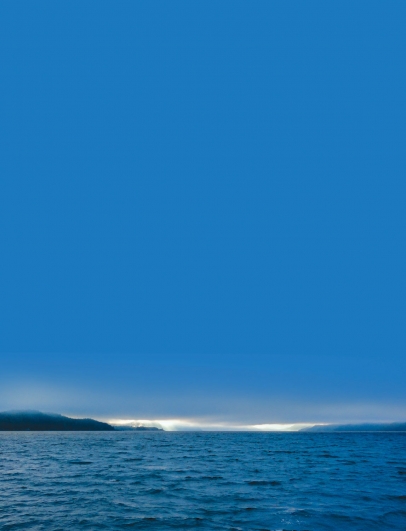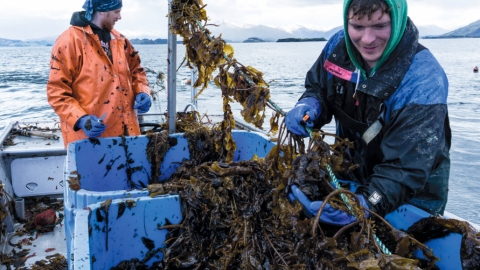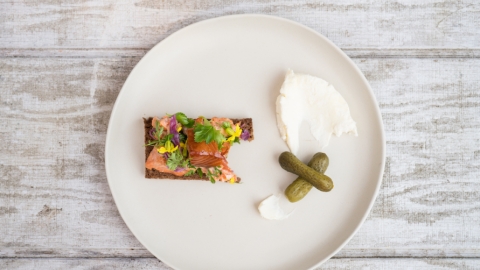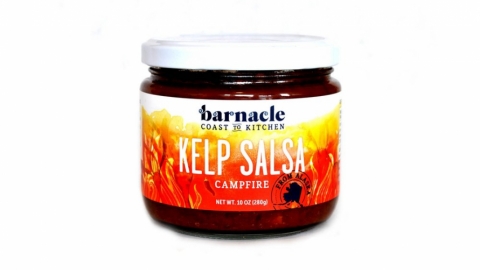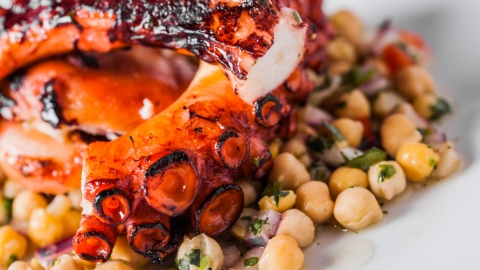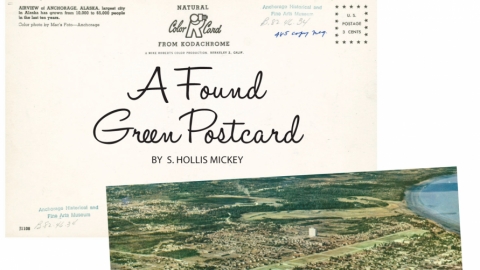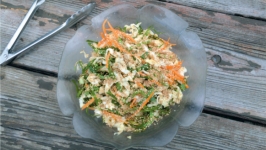The Far Places
I know a man who yearns to eat the sea. Yet he is a human, and humans are the kind of animal that cannot really eat the sea. Still, when he thinks no one is watching, he walks to the edge of the tide, kneels, dips his hand into the water, and raises it to his mouth. He sips the brine.
I’ve never seen him close his eyes when he drinks seawater from the cup of his hand, but I know that in the moment he swallows, those pale eyes are looking somewhere far. Somewhere neither of us will get to go. Then he’ll stand, purse his mouth, give his wet hand a shake. Need oysters, he’ll say, and I know he is hungry for the sea. Need oysters, he’ll say again, nodding, and I know that although he sometimes drinks straight from it, the sea itself cannot feed him.
So he is right to speak of oysters. Oysters are one way for a human animal to swallow the sea.
This is the nature of swallowing: we take in what we do not have. We integrate from without what we cannot create within. Pulling something of the world into our own depths, we affirm a fundamental porosity between “self” and “surroundings.” There is a humbleness to it, and an essential reciprocity, and an expansiveness. Even a fragility.
Recently, I thought of the man who sips the sea. In my mind’s eye I saw his stance on the rocks, the cup of his palm, his pursed mouth. His hand’s brisk shake and the drops of seawater flung through the air. I saw him because of what happened across my whole tongue when I swallowed a mouthful of kelp and chili and lime and tomato and salt on the curled scoop of a tortilla chip.
With that mouthful of salsa, unexpectedly, the sea flooded in. I tasted an ocean of seawater and smoke. An ocean blood red with the singed and scorching sun. A dark ocean permeated and dense with savory ash. My throat recognized in this salsa the marine depths an oyster would deliver. I thought of the man who sips the sea.
But take note: a salsa is no oyster. A salsa does not mediate between human animal and the sea.
A salsa mediates between human animal and the sun.
Yes. That seems correct. With salsa we pull equatorial flame straight into our bellies; with crushed and salted tomatoes, with limes, with chili peppers and spices, a salsa feeds us what we do not have, what we cannot create, what we completely require—the sun itself. A salsa is the way a human animal eats sheer light. A salsa is the way a human animal swallows heat.
A salsa is the way a human animal takes in the astral force that makes life possible on this earth.
Life which began, they say, with the smallest of the smallest single cells. Remember them? Adrift. Suspended in seawater filled with light. Imagine life small as an inkling and steady as desire swaying in the water column all day, every day, from then till now.
Here sits a salsa made of kelp. Here sits a merging of sun and sea. And here sits my mind inside my body upon the orbiting planet pondering a jar.
The jar is round. The label is blue. White curls cross the label in a sinuous design suggesting movement. Waves in the water, I suppose.
Though the more I ponder the label, the more I perceive those curls as smoke. Remarkable, I think, to find the ashy density I tasted depicted on the jar itself. It must be the smoke that comes of the sun’s daily plunge into the sea. Come close. Hear in the image the nightly hiss of flame meeting water as the sun dips into the horizon’s chill waves. Taste the flavor of their mutual joining, the flavor of sun and sea combining into the possibility of life. Shake your hand once, briskly; let drops of seawater fall as they may. Swallow. Watch our planet’s watery horizon nightly clasp that ball of fire and see in an instant the mark and measure of all far places we look to in times of reaching, still believing we’ll never get to go.


